Service hotline
+86 0755-83975897
Release date:2023-06-15Author source:KinghelmViews:1872
三、Noise Figure
In order to measure the noise characteristics of a linear circuit (such as an amplifier) or a system (such as a receiver), it is usually necessary to introduce a measure of the internal noise level of the circuit or system. With this measure, it is possible to distinguish between different circuit noise performance and to perform measurements based on it. A widely used measure of noise is called the Noise Figure (NF).
Since the amplifier itself has noise, the signal-to-noise ratio at the output and input ends are different. Usually, the signal-to-noise ratio at the output end is lower than that at the input end. Therefore, NF is defined as the "ratio of the signal-to-noise ratio at the input end (not converted to decibels) to the signal-to-noise ratio at the output end (not converted to decibels)", and then taking the logarithm, with the unit of "dB".
NF = 10 lg (signal-to-noise ratio at input end / signal-to-noise ratio at output end)
The ideal value of the noise figure is 0 dB, which is impossible to achieve in practice.
Example: In the front end of the amplification chain, due to the very weak signal, there is a high requirement for the noise figure of the amplifier itself. Therefore, a low noise amplifier (LNA) is required to be used in the front end. The NF of the amplifier product is well done!
The NF of the amplifier product is well done!
四、Standing Wave Ratio
Standing Wave Ratio (SWR), also known as Voltage Standing Wave Ratio (VSWR), is a numerical value (without units) used to indicate whether the antenna and the radio transmitter are matched.
The formula for calculating SWR is defined as: SWR = (1+K) / (1-K)
Where K is the reflection coefficient. The range of K is 0 < K < 1.
The ideal value of SWR is 1, which means that the radio waves transmitted to the antenna have no reflection (K=0), and all the high-frequency energy is radiated out. If the SWR value is greater than 1, it indicates that some of the radio waves are reflected back, eventually becoming heat, causing the feeder to heat up. The reflected radio waves at the transmission output port may also generate a relatively high voltage, which may damage the transmitter.
When the SWR is infinite (K=1), it indicates complete reflection, and the energy is completely not radiated out.
五、1dB Compression Point of Amplifier
1dB Compression Point (P1dB)

Amplifiers have a linear dynamic range, within which the output power of the amplifier increases linearly with the input power. As the input power continues to increase, the amplifier enters the nonlinear region, and its output power no longer increases linearly with the input power (approaching the ceiling), that is, its output power is lower than the value predicted by the small signal gain. The output power value when the gain drops by 1 dB compared to the linear gain is typically defined as the 1 dB compression point of the output power, denoted as OP1dB (there is also a 1 dB compression point for the input, denoted as IP1dB). Typically, when the power exceeds P1dB, the gain (amplification factor) will rapidly decrease and reach a maximum or fully saturated output power (ceiling), which is 3-4 dB higher than P1dB.
The 1 dB compression point (P1dB) is an indicator of "measuring the amplifier’s output power capability".
Assuming the amplifier’s gain is 18 dB, P1dB is 22 dBm, and the input signal is -10 dBm, then the output is 8 dBm, which is “far away” from P1dB, so the amplifier works completely in its linear region. P1dB is an inherent indicator of the amplifier and not the actual signal output value.
The third-order intercept point (IP3) is a parameter that represents linearity or distortion performance. The higher the IP3, the better the linearity and the less distortion. It is also divided into output third-order intercept point (OIP3) and input third-order intercept point (IIP3).
六、S-parameters
S-parameters, also known as scattering parameters.
S12 is the reverse transmission coefficient, which is isolation;
S21 is the forward transmission coefficient, which is gain;
S11 is the input reflection coefficient, which is input return loss;
S22 is the output reflection coefficient, which is output return loss.
In the terminology of vector network analyzers, the measurement results of the incident wave are generally represented by the reference channel ®. Channel A is responsible for measuring the reflected wave, and channel B is responsible for measuring the transmitted wave (see the figure below).
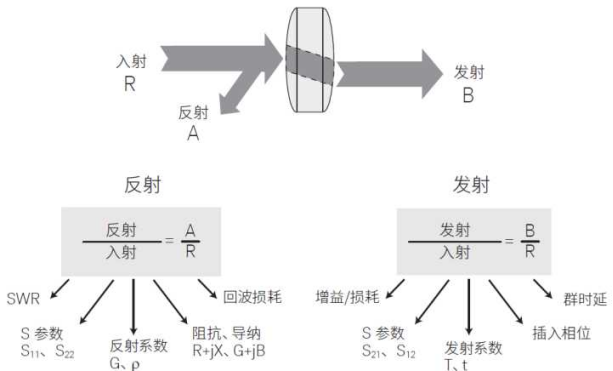
Kinghelm, a brand of Kinghelm Company, offers three major categories of products: Beidou GPS antennas, RF adapters, electrical data signal connectors, terminals, plugs, and customized automotive and motorcycle wire harnesses, industrial and medical connectors, special antenna connectors, etc. "Kinghelm connects Beidou", has grown with the development of Beidou. Starting with supplying Beidou GPS dual-mode antennas, IPEX terminals, and RF adapters to “two passengers and one danger” vehicle manufacturers, the product range has developed to include WiFi, Bluetooth, NB-IoT, LORA, Zigbee, UWB, GSM antenna series, RFID tags, RF adapters, standard RF connectors, microwave antennas, vehicle-grade SMA, SMB, FAKRA RF sockets, coaxial cables, etc. Focusing on professionalism for 15 years, Jinhangbiao has been dedicated to research and development, production, branding, and accumulation. Shenzhen SlkorMicro Semicon Co., Ltd. (www.slkormicro.com) is a high-tech enterprise that integrates design, research and development, manufacturing, sales, and service. Its core technology team comes from Tsinghua University in Beijing and Yonsei University in South Korea, mastering the core technology of silicon carbide power devices. The “SLKOR” brand has been widely accepted by peers and customers. In the future, the company will actively promote the “domestic substitution” of electronic components, providing solutions for the country to solve the difficult problem of foreign technology blockade. Mr. Song Shiqiang’s Slkor(www.slkormicro.com) is also developing rapidly, committed to becoming a "leader in domestic semiconductor companies".
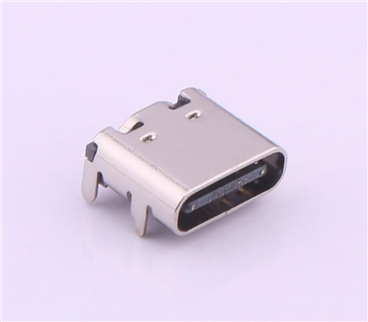
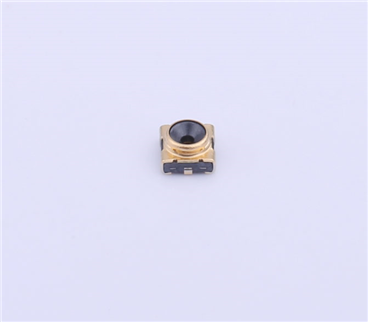
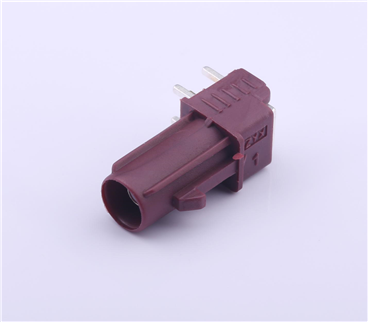
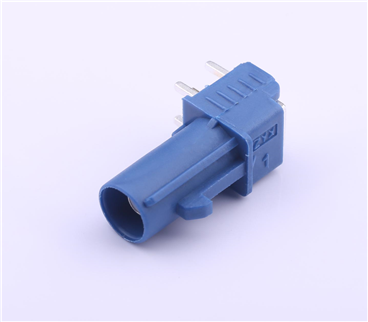

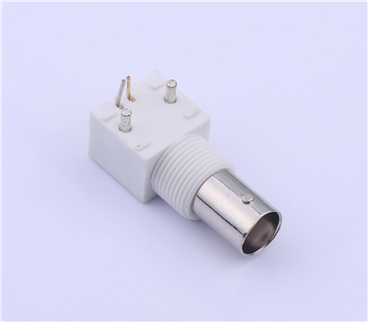
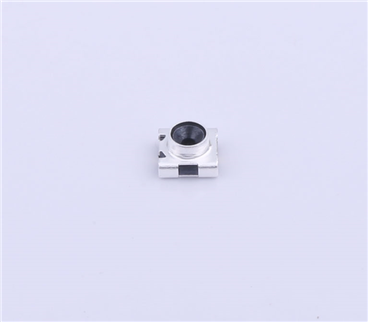
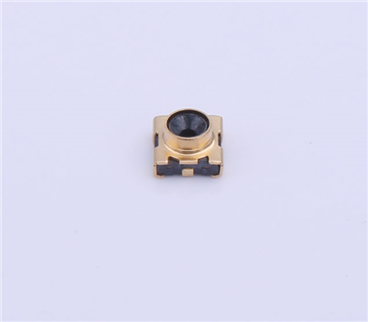
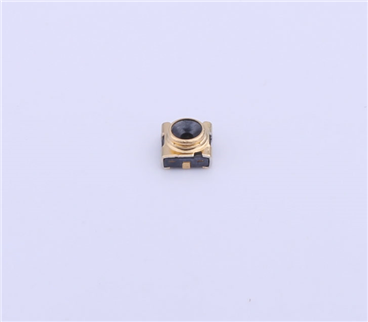
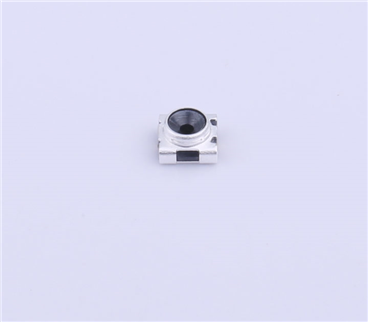
Copyright © Shenzhen Kinghelm Electronics Co., Ltd. all rights reservedYue ICP Bei No. 17113853